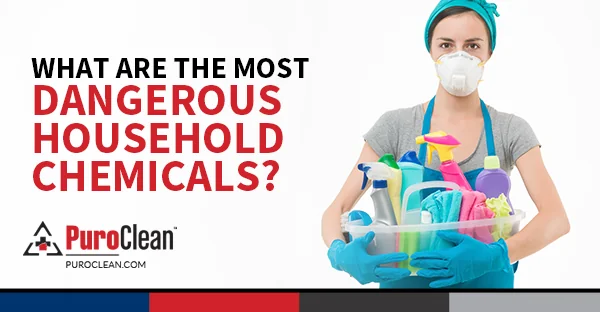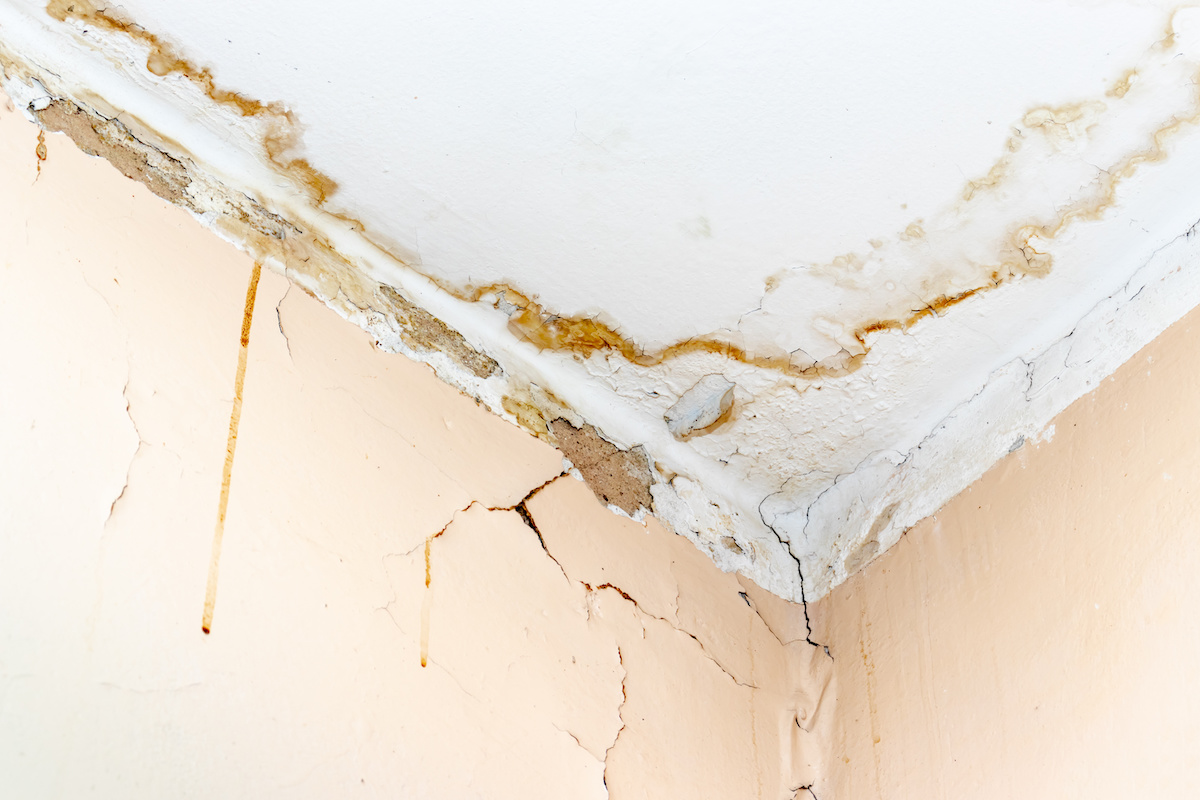As the days get longer and the temperature rises, it’s a clear sign that spring is on the way. This season isn’t just a time for nature to awaken; it’s also the perfect opportunity for homeowners to conduct a thorough spring cleaning. By paying close attention to areas that could benefit from water, mold mitigation, and fire and biohazard restoration, you can ensure your home is safe, clean, and ready for the year ahead. Our expertise in restoration services has taught us the importance of preventative maintenance. Here’s a comprehensive spring cleaning checklist incorporating professional insights into making your home healthier and safer.
- Inspect for Water Damage and Leaks
- Roof and Gutters: Check for any signs of water damage, such as missing or broken shingles, which can lead to leaks. Clean out gutters and downspouts to prevent water buildup.
- Basement and Foundation: Look for cracks or leaks in the foundation where water can enter. Inspect sump pumps to ensure they’re functioning correctly to avoid basement flooding.
- Pipes and Faucets: Check all pipes, faucets, and under sinks for leaks or drips. Early detection of leaks can prevent mold growth and water damage.

Water Damage Prevention
- High Humidity Areas: Inspect areas like bathrooms, kitchens, and basements for mold growth. Use a dehumidifier in areas with high humidity levels to deter mold growth.
- Ventilation: Ensure your home is well-ventilated; use exhaust fans in bathrooms and kitchens to reduce moisture.
- Professional Mold Assessment: If you suspect mold but can’t find the source, consider hiring a professional for a thorough assessment and remediation.

Mold Remediation
- Fire Safety and Biohazard Checks
- Smoke Detectors and Fire Extinguishers: Test all smoke detectors and replace batteries if needed. Ensure you have a fire extinguisher on each floor of your home.
- Electrical Systems: Check for frayed wires, overloaded power strips, and faulty electrical systems that could pose a fire hazard.
- Cleaning Products Storage: Store cleaning products, chemicals, and biohazards in a safe, ventilated area to prevent accidental exposure or ingestion.

- Deep Cleaning Your Home
- Dust and Vacuum: Focus on areas that might have been neglected during the winter months, including baseboards, behind furniture, and ceiling fans.
- Windows and Blinds: Clean windows inside and out to let in more light and clean any blinds or window treatments.
- Air Filters: Replace or clean HVAC air filters to improve air quality and reduce allergens in your home.
- Outdoor Maintenance
- Landscaping: Trim overgrown bushes and trees to prevent damage to your home’s exterior and remove any dead plants that could harbor mold or pests.
- Drainage: Ensure proper drainage around your home to prevent water accumulation, which could lead to foundation issues or water damage.
- Deck and Patio: Inspect and clean your deck or patio to remove mold, mildew, or biohazardous materials, ensuring a safe outdoor living space.
- Emergency Preparedness
- Emergency Kit: Update or create an emergency kit with supplies such as water, non-perishable food, flashlights, and a first aid kit.
- Essential Documents: Store important documents in a waterproof, fireproof box to prevent damage in an emergency.
Conclusion
Spring cleaning is more than just a tradition; it’s an opportunity to make your home safer, cleaner, and more efficient. By following this checklist, you’re not only refreshing your space but also preventing potential hazards that could lead to the need for extensive restoration services. Remember, prevention is always better than cure; a little maintenance can go a long way in protecting your home and loved ones. Happy cleaning!
For more information on our restoration services or to schedule a deep carpet steam cleaning call us at (630) 796-0206 or visit our website www.purocleandownersgrove.com




 PuroClean of Downers Grove
PuroClean of Downers Grove